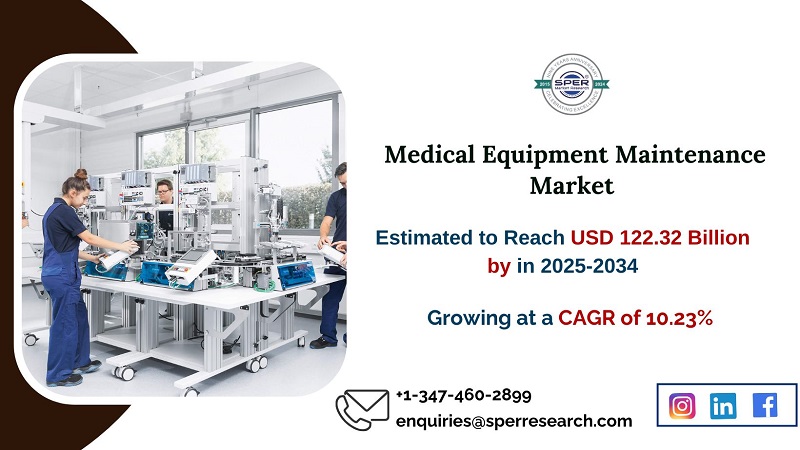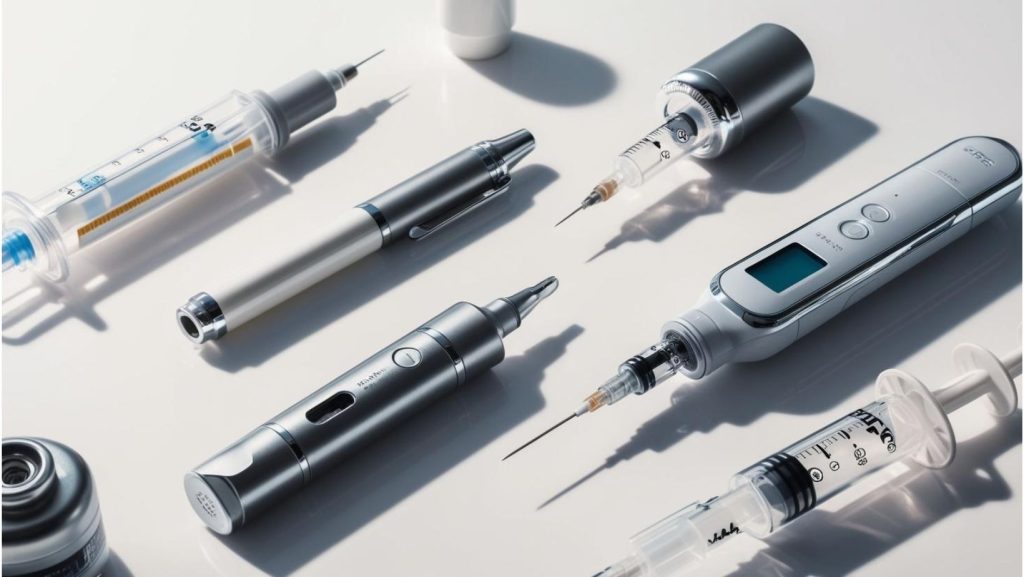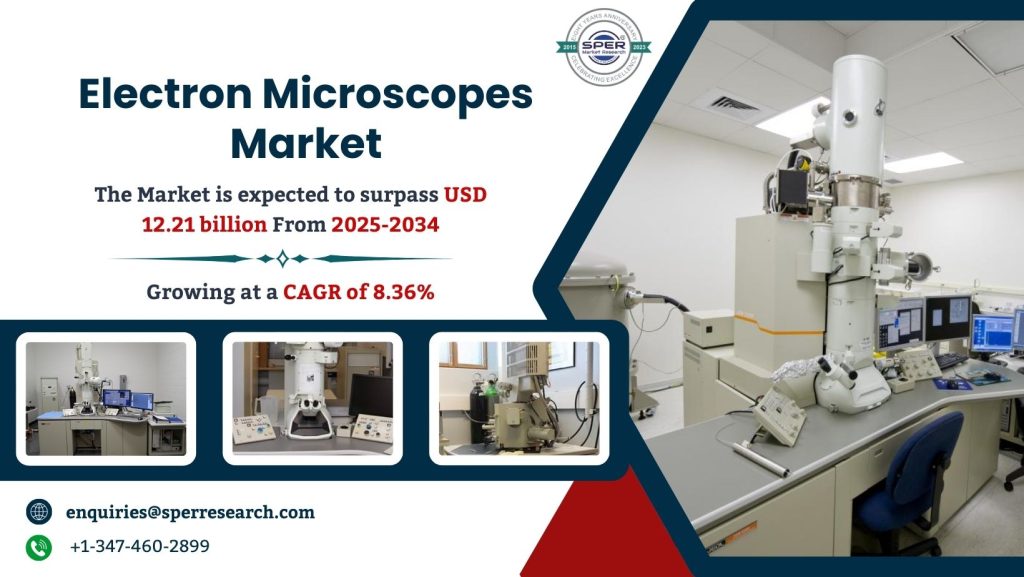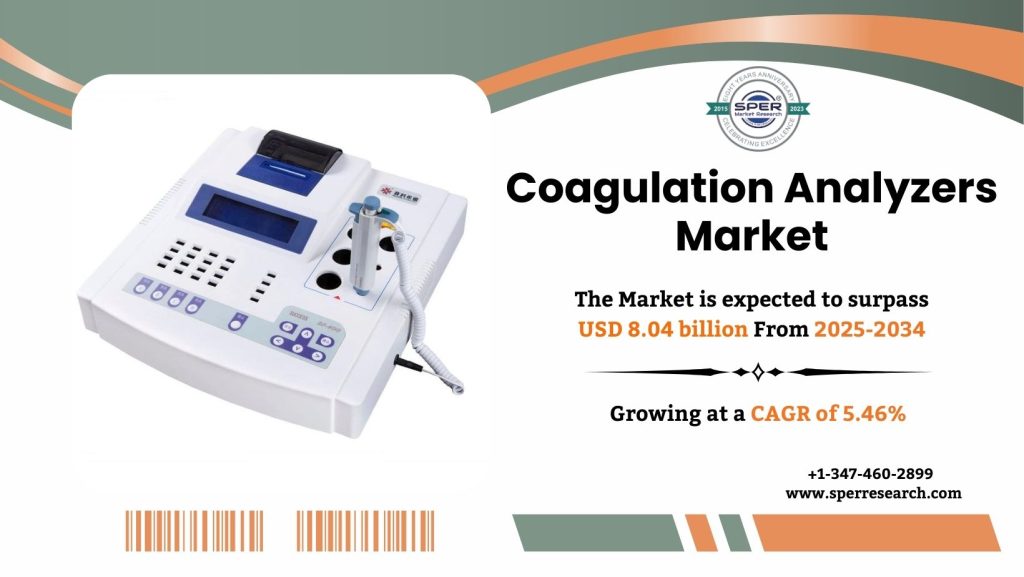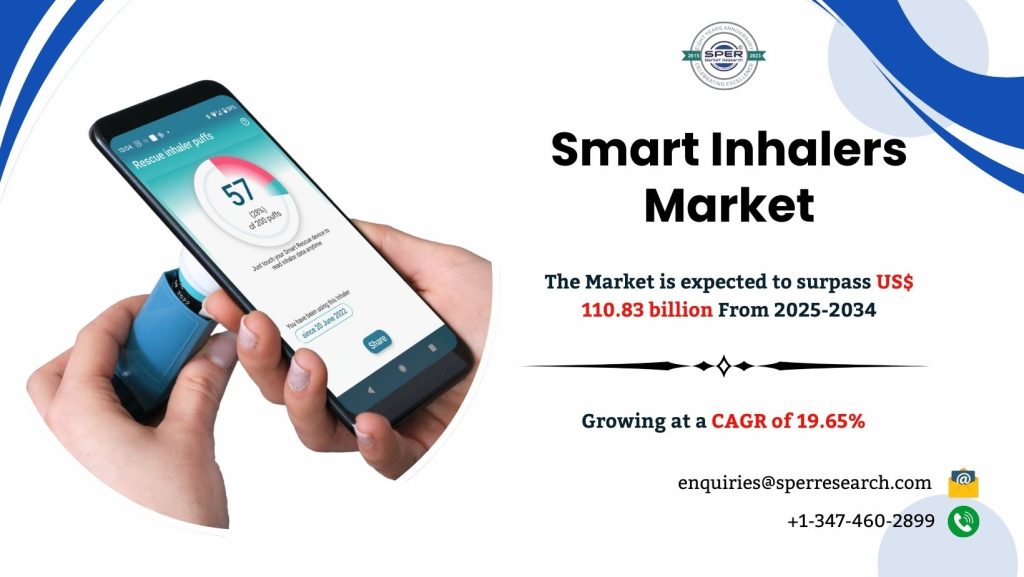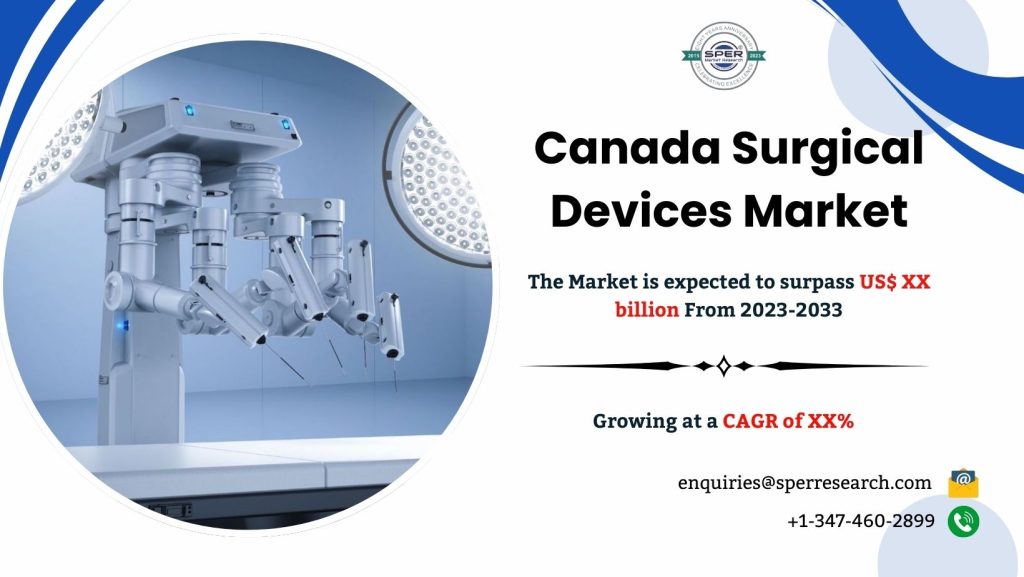Maintaining and repairing medical equipment is necessary to guarantee its optimum functionality, security, and dependability. It includes a variety of tasks, such as regular calibrations and inspections as well as fixing or replacing broken equipment. In order to prevent equipment failures that could jeopardize patient safety and care, routine maintenance is crucial in healthcare settings. Usually, the procedure includes both preventive steps, like routine cleaning and inspections, and corrective actions when problems occur. In order to keep equipment operating and in compliance with strict healthcare laws, maintenance procedures are increasingly integrating cutting-edge strategies like remote monitoring and predictive analytics as medical technology advances.
According to SPER Market Research, ‘Medical Equipment Maintenance Market Size- By Equipment, By Service, By Service Provider, By End User – Regional Outlook, Competitive Strategies and Segment Forecast to 2034’ state that the Global Medical Equipment Maintenance Market is predicted to reach 122.32 billion by 2034 with a CAGR of 10.23%.
Drivers: The market for medical equipment maintenance is expanding significantly on a global scale due to several important aspects. The growing use of cutting-edge medical technology calls for routine maintenance to guarantee peak performance and adherence to safety regulations. Additionally, the need for effective equipment maintenance has increased due to the rise in diagnostic and therapeutic procedures as well as the expansion of the global healthcare infrastructure. The market is additionally supported by government rules requiring strict safety inspections and maintenance procedures. For more affordable and superior assistance, hospitals and other healthcare facilities are increasingly contracting with specialized suppliers to handle maintenance services. Furthermore, by increasing the usage and upkeep of medical equipment, the aging population indirectly supports market expansion by driving increased healthcare service utilization.
Restraints: The medical equipment maintenance industry has significant obstacles in spite of its promising growth trajectory. Healthcare facilities’ finances may be strained by the high expenses of maintenance services, especially in developing nations. The problem is made worse by a lack of qualified technicians who can maintain complex medical equipment, which could cause delays and lower equipment availability. Furthermore, equipment becomes obsolete due to the quick speed of technical improvements, which makes maintenance more difficult and expensive. For service providers who operate globally, ensuring adherence to disparate regulatory standards across several regions adds still another level of complexity. To preserve the dependability and effectiveness of medical equipment, these issues call for careful planning and financial commitment.
Request For Free Sample Report @ https://www.sperresearch.com/report-store/medical-equipment-maintenance-market.aspx?sample=1
The Global Medical Equipment Maintenance Market is dominated by North America region due to its advanced healthcare infrastructure and high adoption rates of cutting-edge medical technologies. The presence of stringent regulatory standards necessitates regular maintenance to ensure patient safety and equipment efficiency. Some of its key players are – AlphaSource Group, Althea Group, Aramark, Braun SE, GE HealthCare, and others.
Medical Equipment Maintenance Market Segmentation:
By Equipment: Based on the Equipment, Global Medical Equipment Maintenance Market is segmented as; Imaging Equipment, Surgical Instruments, Electromedical Equipment, Endoscopic Devices and Other Medical Equipment.
By Service: Based on the Service, Global Medical Equipment Maintenance Market is segmented as; Preventive Maintenance, Corrective Maintenance and Operational Maintenance.
By Service Provider: Based on the Service Provider, Global Medical Equipment Maintenance Market is segmented as; OEM and Small/Third Party Providers.
By End User: Based on the End User, Global Medical Equipment Maintenance Market is segmented as; Hospitals, Diagnostic Imaging Centers, Dialysis Centers, Ambulatory Surgical Centers, Dental Clinics & Specialty Clinics and Other End User.
By Region: This research also includes data for North America, Latin America, Asia-Pacific, Europe, Middle East & Africa.
For More Information, refer to below link: –
Medical Equipment Maintenance Market Outlook
Related Reports:
Contact Us:
Sara Lopes, Business Consultant — USA
+1–347–460–2899
